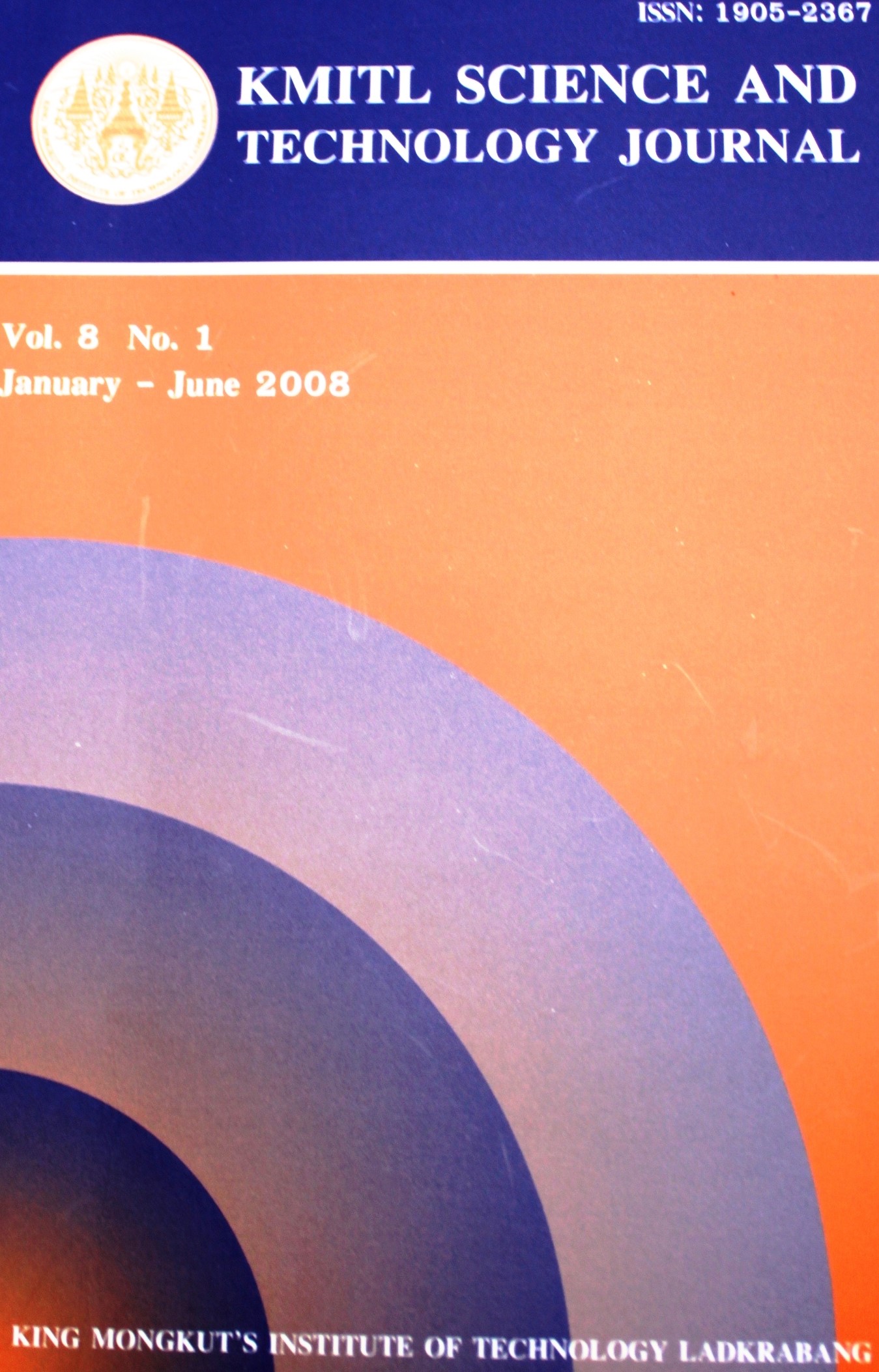Insecticidal Action of Five Plants Against Maize Weevil, Sitophilus Zeamais Motsch. (Coleoptera: Curculionidae)
Main Article Content
Abstract
A study was conducted to evaluate the insecticidal action of five locally available plants namely: Azadirachta indica (Neem), Cymbopogon citratus (Lemon Grass), Lantana camara (Lantana), Ocimum basilicum (Basil) and Tagetes erecta (African marigold) against maize weevil, Sitophilus zeamais Motsch. following the repellency, adult mortality and antioviposition and growth inhibition tests. Results revealed that all test materials exhibited repellency action against maize weevil. Powdered leaves of neem and lantana were noted to be highly repellant while powdered leaves of lemon grass, basil and African marigold were observed to be moderately repellant against maize weevil within 96 hours of exposure. Corn grains treated with powdered leaves of lemon grass and basil exhibited a low mortality of 5.33% and 0.66%, respectively, at 24 DAII. Other test plants revealed zero adult mortality. None among the test plants manifested antiovipositional and growth inhibitory action against maize weevil. All examined corn grains except for carbaryl - treated corn grains showed larval tunnel. The total development period of the maize weevils emerged from both treated and untreated corn grains was the same (39 days) and 100% insect survival was noted indicating zero percent of insects that reached larval or pupal stages only. The adult body weight was comparable among treatments.
KEYWORDS: Maize weevil, Sitophilus zeamais, Coleoptera: curculionidae, Azadirachta indica (Neem)
E-mail: au_roxas24@yahoo.com
Article Details
Copyright Transfer Statement
The copyright of this article is transferred to Current Applied Science and Technology journal with effect if and when the article is accepted for publication. The copyright transfer covers the exclusive right to reproduce and distribute the article, including reprints, translations, photographic reproductions, electronic form (offline, online) or any other reproductions of similar nature.
The author warrants that this contribution is original and that he/she has full power to make this grant. The author signs for and accepts responsibility for releasing this material on behalf of any and all co-authors.
Here is the link for download: Copyright transfer form.pdf
References
[2] Casey Sclar D. 1994 Neem: Mode of Action of Compounds Present in Extracts and Formulations of Azadirachta indica Seeds and their Efficacy to Pests of Ornamental Plants and to Non-target Species. Retrieved October 12, 2005 from https://www. colostate.edu/Depts /Entomology/Courses/en570/Papers_1994/sclar.html.
[3] Dahiya, S. 1999 Alternatives to Chemical Pesticides. Retrieved October 12, 2005 from https:// wwwtribuneindia.com/1999/99 Jul 26/agrohtm # 2.
[4] Golob, P. and D.J. Webley. 1980 The Use of Plants and Minerals as Traditional Protectants of Stored Products. Tropical Products Institute G138. Now Post Harvest Pest and Qquality Section, Natural Resources Institute, Chatham, United Kingdom.
[5] Saxena, R.C., Jilani G. and Kareem A.A., 1989 Effects of Neem on Stored Grain Insects in Jacobson (ed.) Forum on Phytochemical Pesticides. Volume I. The neem tree. Boca Raton, Florida: CRC Press.
[6] Binggeli, P. 1999 Lantana camara L. (Verbenaceae). Retrieved October 12, 2005 from http//www.memberslycos.co.uk/woodyPlant Ecology/docs/web_spd.htm.
[7] Koona, P. and Njoya, J. 2004 Effectiveness of Soybean Oil and Powder from Leaves of Lantana camara Linn. (Verbenaceae) as Protectants of Stored Maize against Infestation by Sitophilus zeamais Motsch. (Coleoptera: Curculionidae), Asia Network for Scientific Information.
[8] Mc Gowan, M. 1999 Herbal Pest Control. Retrieved October 12, 2005 from http//www.consciouschoice.com/1999/cc1208/herbs1208.html.
[9] Boeke, S., Barnaud, C. Van Loon, J. Kossou, D. Vanhuis, A. and Dicke, M. 2004 Efficacy of Plant Extracts Against the Cowpea Beetle, Callosobruchus maculates, International Journal of Plant Management, 50(4), 251-258.
[10] Busungu, D.G. and Mushobozy, D.M.K. 1991 The Efficacy of Various Protectants against Zabrotes subfasciatus (Boh) Coleoptera, Bruchidae in Common Beans, Bean Research, 6,62-67.
[11] Sallam, M.N. 2004 Chapter II Insect Damage: Damage on Post-harvest Retrieved October 12, 2005 from http;//www.fao.org/inpho/content/compend/text/ch02-03.htm.
[12] Smith, R.H. 1986 Oviposition, Competition and Population Dynamics in Storage Insects. Poceedings of the 4th International Working Conference on Stored Product Protection, Tel Aviv, Israel. September. pp. 427-433.
[13] Fava, A. and Springhetti, A. 1991 Egg Distribution of Sitophilus granaries L. (Coleoptera:Curculionidae) in Triticum aestivum caryopses, Journal of Applied Entomology, 111, 406-411.
[14] Frankenfeld, J.C. 1948 Staining Methods for Detecting Weevil Infestation in Grain. USDA Bulletin of Entomology R Q. E-T. Series 256, 1-4.
[15] Caswell, G.H. 1970 Storage of Cowpea in the Northern States of Nigeria. Samaru Res. Bull. 120. Institute for Agric Res., Samaru, Ahmadu Bello Univ. Zaria, Nigeria. pp. 510.
[16] Luciano, M.P. 1998 Efficacy of Powdered Mahogany Seeds in Vegetable Cooking Oil against Bean Weevil (Callosobruchus maculatus Fab.; COLEOPTERA: BRUCHIDAE), Unpublished undergraduate thesis Central Luzon State University, Muñoz, Nueva Ecija.
[17] Crop Protection Compendium. 2004 (CD-ROM). Compendium on Pests and Diseases. CAB International Publishing, Wallingford, United Kingdom.


